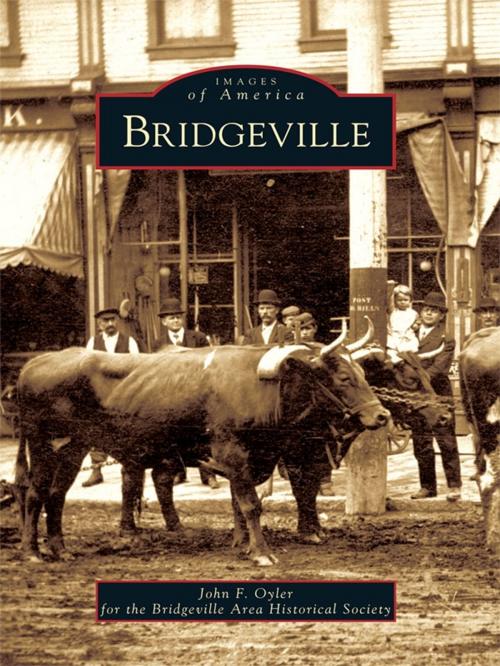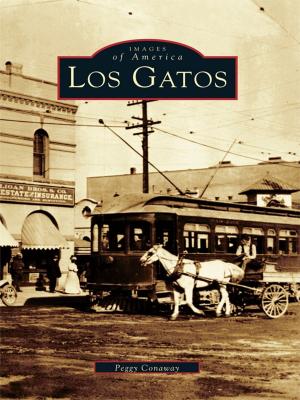| Author: | Oyler, John F., Bridgeville Area Historical Society | ISBN: | 9781439623558 |
| Publisher: | Arcadia Publishing Inc. | Publication: | March 29, 2010 |
| Imprint: | Arcadia Publishing | Language: | English |
| Author: | Oyler, John F., Bridgeville Area Historical Society |
| ISBN: | 9781439623558 |
| Publisher: | Arcadia Publishing Inc. |
| Publication: | March 29, 2010 |
| Imprint: | Arcadia Publishing |
| Language: | English |
Bridgeville has a rich historical heritage dating back to Colonial times. In the early 1800s, a small village grew along the meandering Chartiers Creek between two bridges on the Black Horse Trail. The construction of the Chartiers Valley Railroad, the establishment of the Norwood Hotel, and the opening of commercial bituminous coal mines in the region generated a population boom that motivated residents to seek autonomy from Upper St. Clair Township. In 1901, the borough of Bridgeville was incorporated, and the next 50 years saw the community become the social and business center for the four neighboring townships with schools, churches, and a bustling downtown business environment. Bridgeville remains close enough to Pittsburgh to enjoy the cultural advantages of a big city, yet far enough away to retain the feel of a small hometown.
Bridgeville has a rich historical heritage dating back to Colonial times. In the early 1800s, a small village grew along the meandering Chartiers Creek between two bridges on the Black Horse Trail. The construction of the Chartiers Valley Railroad, the establishment of the Norwood Hotel, and the opening of commercial bituminous coal mines in the region generated a population boom that motivated residents to seek autonomy from Upper St. Clair Township. In 1901, the borough of Bridgeville was incorporated, and the next 50 years saw the community become the social and business center for the four neighboring townships with schools, churches, and a bustling downtown business environment. Bridgeville remains close enough to Pittsburgh to enjoy the cultural advantages of a big city, yet far enough away to retain the feel of a small hometown.















